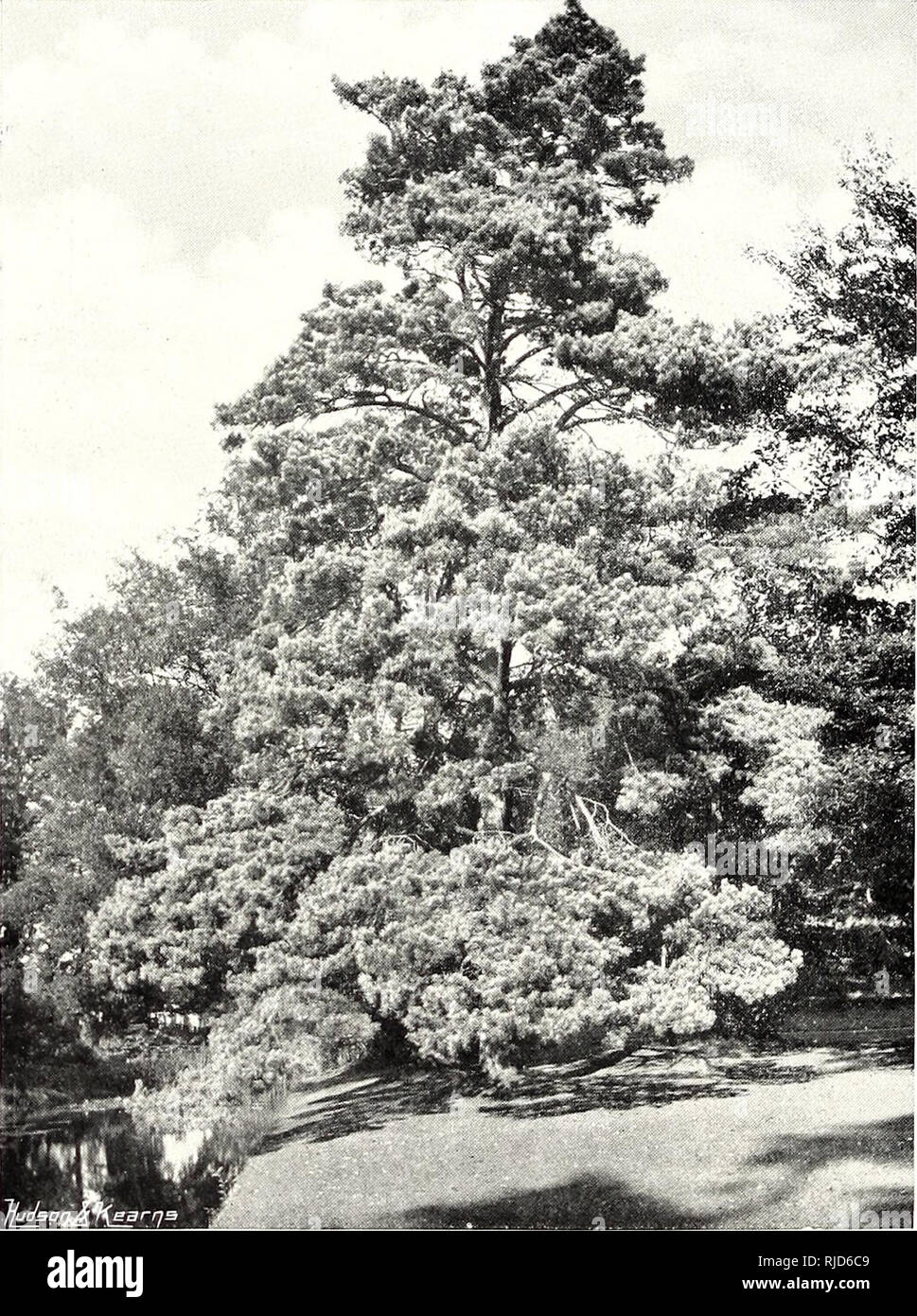. The century book of gardening; a comprehensive work for every lover of the garden. Gardening. 3&'o THE CENTURY BOOK OF GARDENING. American Red and Scarlet Oaks; the Tupelo, bronzy red; Carya tomentosa, yellow (one of the most remark-able of American trees) ; Ulmus pumila, an Asiatic Elm which has small leaves changing to golden yellow ; Liquidambar, purplish red ; Gleditschia triacanthos, often a lovely yellow ; Celtis occidentalis (Nettle-tree) and Zelkowas, both yellow ; the Golden Larch ( Pseudolarix) ; Ginkgo biloba, orange yellow; deciduous Cypress, red; various Maples ; Betula cory

Image details
Contributor:
Library Book Collection / Alamy Stock PhotoImage ID:
RJD6C9File size:
7.2 MB (667.5 KB Compressed download)Releases:
Model - no | Property - noDo I need a release?Dimensions:
1365 x 1831 px | 23.1 x 31 cm | 9.1 x 12.2 inches | 150dpiMore information:
This image is a public domain image, which means either that copyright has expired in the image or the copyright holder has waived their copyright. Alamy charges you a fee for access to the high resolution copy of the image.
This image could have imperfections as it’s either historical or reportage.
. The century book of gardening; a comprehensive work for every lover of the garden. Gardening. 3&'o THE CENTURY BOOK OF GARDENING. American Red and Scarlet Oaks; the Tupelo, bronzy red; Carya tomentosa, yellow (one of the most remark-able of American trees) ; Ulmus pumila, an Asiatic Elm which has small leaves changing to golden yellow ; Liquidambar, purplish red ; Gleditschia triacanthos, often a lovely yellow ; Celtis occidentalis (Nettle-tree) and Zelkowas, both yellow ; the Golden Larch ( Pseudolarix) ; Ginkgo biloba, orange yellow; deciduous Cypress, red; various Maples ; Betula corylifolia, orange yellow. Among shrubs a few of the best are: Berberis Thunbergi, which dies off a rich scarlet, and is so beautiful in autumn that on some estates it has been planted in great quantity so that sportsmen may enjoy its colour during the shooting season ; Ghent Azaleas, purple and red; Enkianthus, scarlet and crimson; Fothergilla, rich red; the taller American Vacciniums ; Rhus cotinoides, orange, scarlet, and crimson— perhaps the finest of all shrubs for autumn colour ; R. typhina, R. glabra, R. Toxicodendron (the poison Ivy), and other species, mostly rich orange red ; Euonymus alatus, crimson. Among climbers : Vitis Coignetiae, a noble Vine, crim- son ; V. Romaneti ; the Teinturier grape, purple, and various other Vines ; Veitch's Ampelopsis and the Virginian Creeper, especially the variety of the latter called mural is, which climbs and clings to walls without any artificial support; Lonieera japonica flexuosa, red-purple. A cer- tain amonnt of mystery attends the autumn colouring of trees. Some years the most reliable will fail. On the other hand, every season one notices species, not usually conspicuous in the matter of autumn tints, beautifully coloured. A bright summer and not too rich soil appear to be most favourable. TRANSPLANTING.—In the cultivation of trees and shrubs transplanting is one of the most important items. Upon its proper performance depe